
EMC certification testing for export to various countries
In modern society, electronic and electrical products have become an indispensable part of our daily lives. These products range from simple household appliances to complex communication devices, playing significant roles in our work, study, and entertainment. However, during the operation of these electronic and electrical products, whether transmitting signals or processing data, a certain amount of electromagnetic radiation is inevitably generated. This radiation may potentially impact the surrounding environment and human health.
To protect the environment and public health, governments and relevant regulatory agencies worldwide have established strict standards and requirements for the electromagnetic compatibility (EMC) of electronic and electrical products. EMC refers to the ability of electronic devices or systems to operate normally in their electromagnetic environment without causing unacceptable electromagnetic interference to other devices. This includes two main aspects:
1. The ability to control electromagnetic interference (EMI): Devices must emit electromagnetic interference below a certain threshold during normal operation to avoid disrupting other devices or systems. This involves using internal circuit layout, filtering, and shielding technologies to reduce unnecessary electromagnetic radiation.
2. The guarantee of electromagnetic sensitivity (EMS): Devices must possess a certain level of immunity to electromagnetic interference, meaning they should operate normally in a given electromagnetic environment without malfunctioning or experiencing performance degradation. This requires considering EMC issues during design and adopting appropriate protective measures to enhance interference immunity.
What is emc certification?
EMC stands for Electromagnetic Compatibility. It refers to the ability of a device or system to operate satisfactorily in its electromagnetic environment without causing intolerable electromagnetic interference to anything in that environment. Therefore, EMC includes two aspects:
- Control of electromagnetic interference (EMI): The electromagnetic interference generated by the equipment during normal operation (i.e., electromagnetic radiation) must be below certain limits to avoid interfering with other devices or systems. This involves using internal circuit layout, filtering, shielding, and other technologies to reduce unnecessary electromagnetic radiation.
- Assurance of electromagnetic sensitivity (EMS): The equipment must have a certain level of resistance to electromagnetic interference, meaning it can operate normally in a given electromagnetic environment without malfunction or performance degradation. This requires considering EMC issues during design and adopting appropriate protective measures to enhance interference immunity.
EMC Certification Requirements by Country
1. Europe CE-EMC Certification: The directive is 2014/30/EU, covering both EMI and EMS.
2. USA FCC Certification: Generally tests only the EMI part, with no requirements for EMS, i.e., no requirements for self-interference resistance and radiation resistance.
3. Canada ic certification: IC stands for Industry Canada. IC certification only targets the EMI part. IC certification methods and test items include wired and wireless products. Wired products mainly test the EMI part, including conduction and radiated interference, while wireless products cover conduction, radiation, bandwidth, spurious emissions, and more.
4. China 3C Certification: China's EMC certification mainly follows relevant national standards and regulations, including electromagnetic radiation tests (EMI) and electromagnetic immunity tests (EMS), with different standards for different products.
5. Japan pse certification: Japan's EMC requirements follow the Electrical Appliance and Material Safety Law, i.e., PSE certification. The scope of PSE includes 116 specified electrical products and 341 non-specified electrical products. Products within this scope must meet both the safety requirements of the law and EMC requirements. Currently, Japan's EMC requirements only control EMI interference.
6. Korea kc certification: KC (Korea Certification) is Korea's mandatory safety certification system for electronic and electrical products. Since July 1, 2012, KC certification certificates have been split into safety certification and EMC certification, resulting in two certificates. All electronic and electrical products applying for Korean certification must obtain separate KC and KCC certificates for safety and EMC requirements. Since July 1, 2013, the EMC authority has been transferred from KCC (Korea Communications Commission) to the Ministry of Science, ICT and Future Planning (MSIP), renaming KCC certification as MSIP certification. Generally, products with oscillating components above 9kHz need EMC testing, including both EMI and EMS evaluations.
7. Australia C-Tick (RCM) Certification: C-Tick is Australia's EMC part, regulated by the Australian Communications Authority (ACA). It has been mandatory since January 1, 1999, for products within its scope. Australia's EMC requirements use a self-declaration method under the EMC framework (1992 Radiocommunications Act). Electrical products regulated under this framework must comply with Australian standards and obtain ACA recognition to use the C-Tick mark.
Services We Offer
- emi testing / Reports
- EMS Testing / Reports
- Product Certification Services for various countries' EMC certifications
- Laboratory Venue Rental
EMC Testing Items
- Conduction
- Interference power
- Radiated interference
- Harmonics & flicker
- Magnetic field interference
- Discontinuous interference
- Electrostatic discharge
- Surge
- Electrical fast transient/burst
- Conducted immunity
- Radiated immunity
- Voltage dips
Testing Standards (Partial List)
1. Information Technology Equipment: CISPR 22, CISPR 32, EN 55032, AS/NZS CISPR 22, VCCI V-3, J55022, fcc part 15, ICES-003, GB 9254
- CISPR 24, EN 55024, CISPR 35, EN 55035, GB/T 17618
2. Audio/Video and Broadcasting Products: CISPR 13, CISPR 32, EN 55032, AS/NZS CISPR 13, J55013, GB 13837, CISPR 20, EN 55020, GB/T 9383
3. Household Appliances, Electric Tools, and Similar Devices: CISPR 14-1, EN 55014-1, AS/NZS CISPR 14.1, J55014-1, GB 4343.1, CISPR 14-2, EN 55014-2, GB 4343.2
4. Electrical Lighting and Similar Equipment: CISPR 15, EN 55015, AS/NZS CISPR 15, J55015, fcc part 18, ICES-005, GB 17743, IEC/EN 61547, GB/T 18595
5. Industrial, Medical, and Scientific Products: CISPR 11, EN 55011, AS/NZS CISPR 11, FCC PART 18, ICES-001, GB 4824
6. Medical Electrical Equipment: IEC/EN 61326, GB/T 18268, IEC/EN 60601-1-2, IEC/EN 61326-1
7. Products for Residential, Commercial, and Light-Industrial Environments: IEC/EN 61000-6-3, GB/T 17799.3, AS/NZS CISPR 61000.6.3, IEC/EN 61000-6-1, GB/T 17799.1
8. Products for Industrial Environments: IEC/EN 61000-6-4, GB/T 17799.4, AS/NZS CISPR 61000.6.4, IEC/EN 61000-6-2, GB/T 17799.2
9. Electrical Equipment for Measurement, Control, and Laboratory Use: IEC/EN 61326-1, GB/T 18268.1
10. Harmonic Current & Voltage Flicker: IEC/EN 61000-3-2, GB 17625.1, IEC/EN 61000-3-3, GB 17625.2
11. Uninterruptible Power Supplies (UPS): IEC/EN 62040-2, GB 7260.2
12. Others: EN 50130-4, EN 50121-3-2, EN 50412-2-1
Benefits of EMC Testing
1. Improve Product Reliability: EMC testing ensures products meet established requirements and regulations, enhancing product reliability, boosting engineers' confidence in their designs, and fostering consumer brand loyalty.
2. Increase Safety: EMC testing helps prevent safety risks, product malfunctions, data loss, and other adverse events, ensuring safe interactions between electronic devices and electrical systems.
3. Early Detection of Potential Issues: EMC testing can detect any adverse interactions between electronic devices and electrical systems early, making it easier to correct potential problems before the devices go into production.
Please note that the specific testing content and standards may vary depending on the type, purpose, and standards of the device. When conducting EMC testing, it is essential to refer to relevant standards and specifications to ensure the accuracy and effectiveness of the tests.
Email:hello@jjrlab.com
Write your message here and send it to us
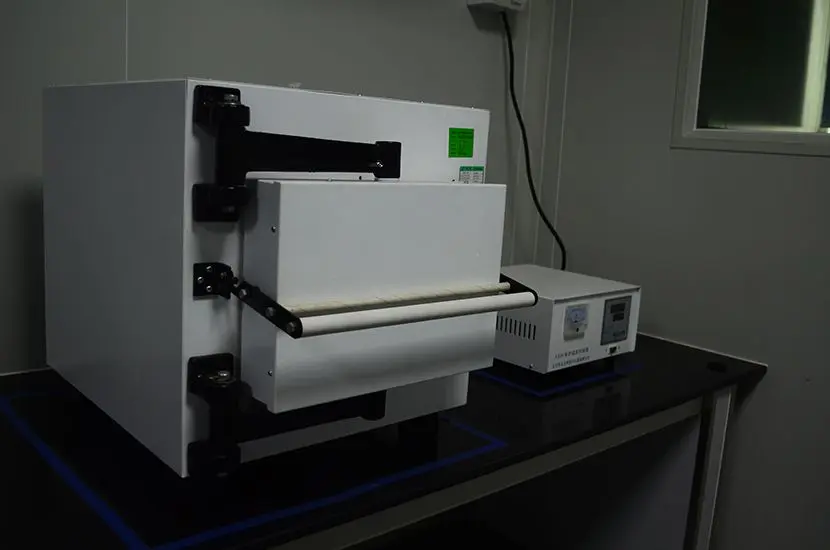 High Chair for Children ASTM F404-21 CPC Certifica
High Chair for Children ASTM F404-21 CPC Certifica
 U.S. Law Label (URN Number) Registration Q\&A
U.S. Law Label (URN Number) Registration Q\&A
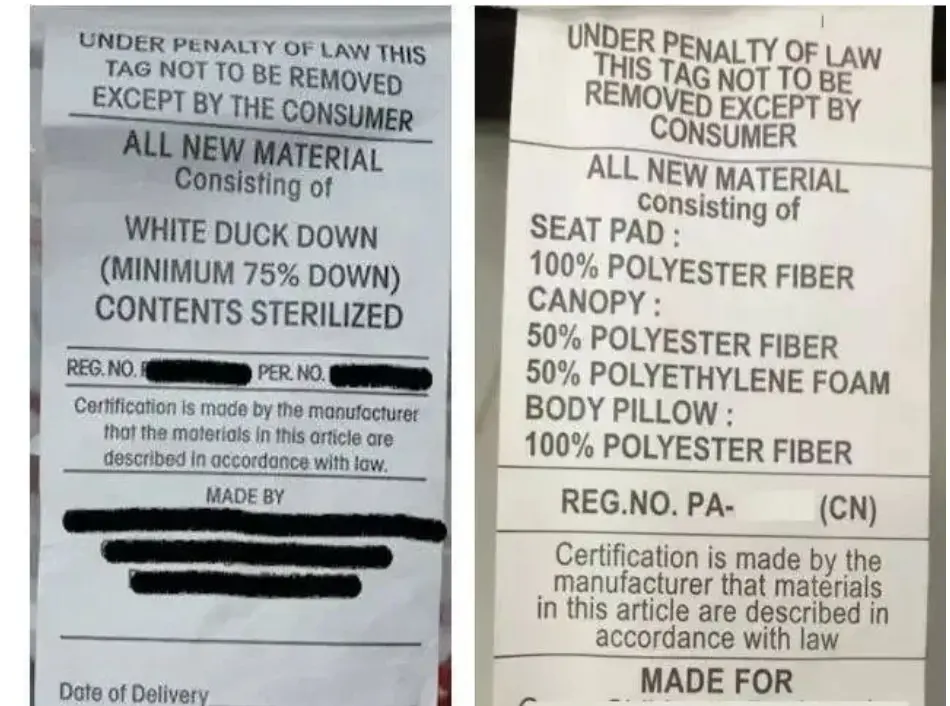 U.S. Furniture Export URN Law Label Registration
U.S. Furniture Export URN Law Label Registration
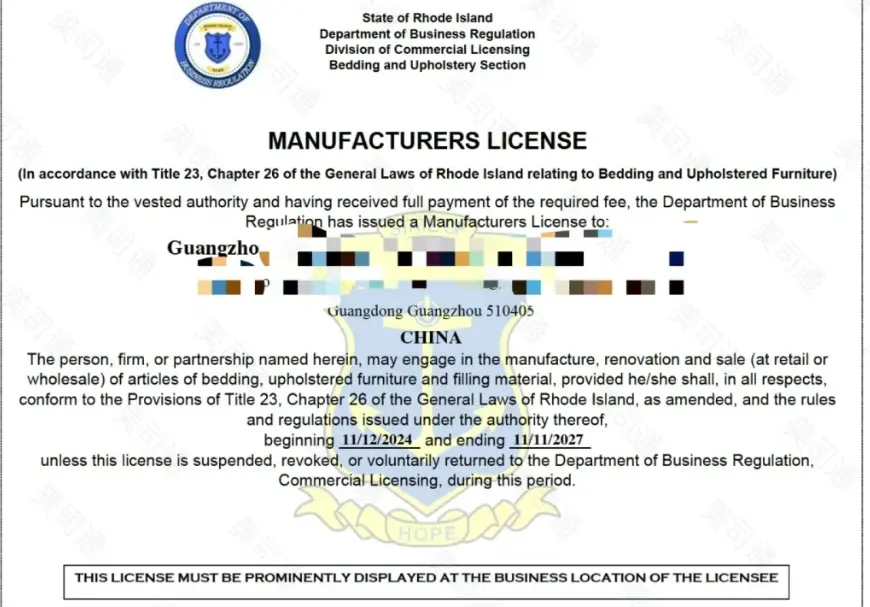 What is U.S. Law Label Registration?
What is U.S. Law Label Registration?
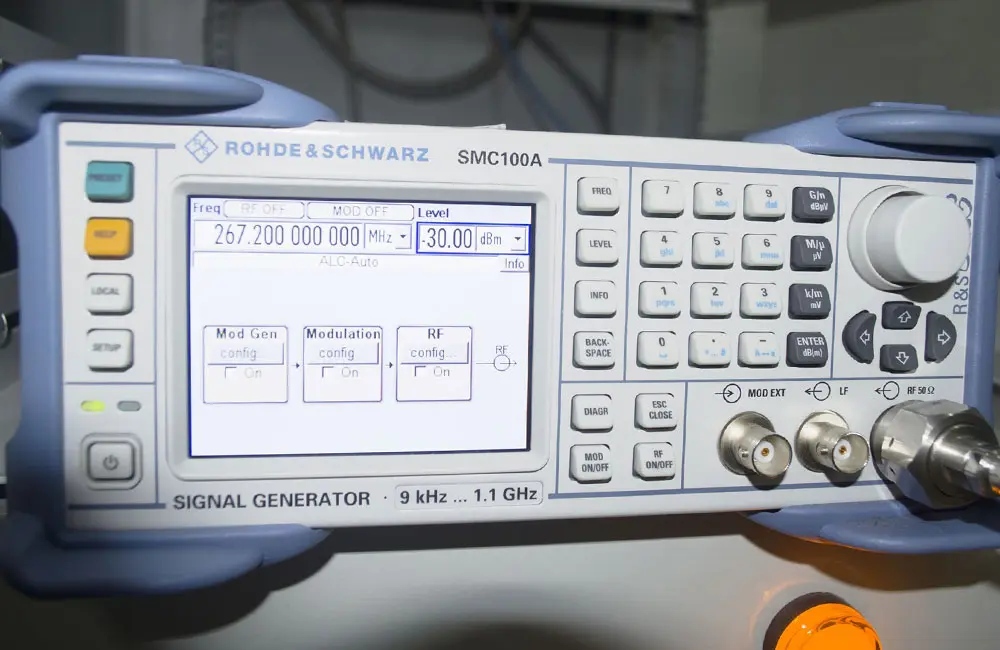 Rail Transit EN55015/EN50121-4
Rail Transit EN55015/EN50121-4
 IEC 60601-1-2 EMC Test for Medical Electrical Equ
IEC 60601-1-2 EMC Test for Medical Electrical Equ
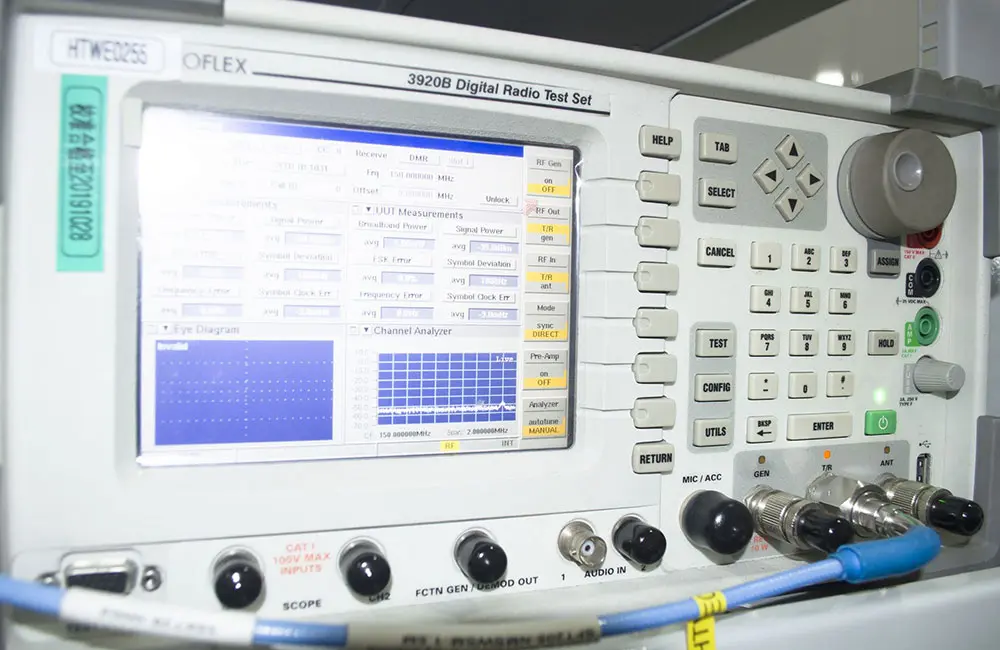 What Are the Safety Tests for Lithium Batteries?
What Are the Safety Tests for Lithium Batteries?
 What is the YY 9706.111-2021 Standard?
What is the YY 9706.111-2021 Standard?
Leave us a message
24-hour online customer service at any time to respond, so that you worry!




